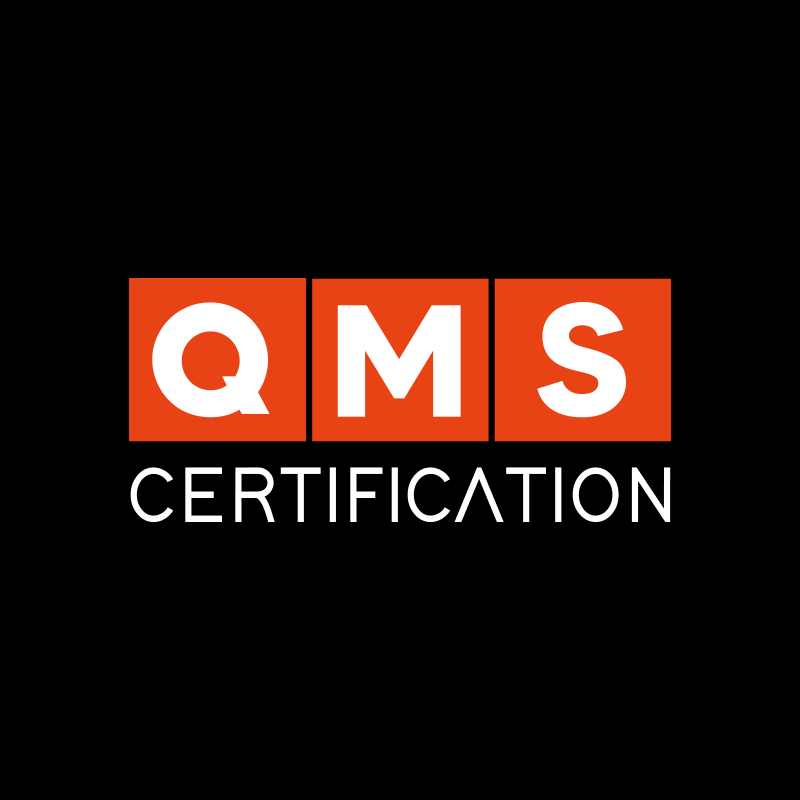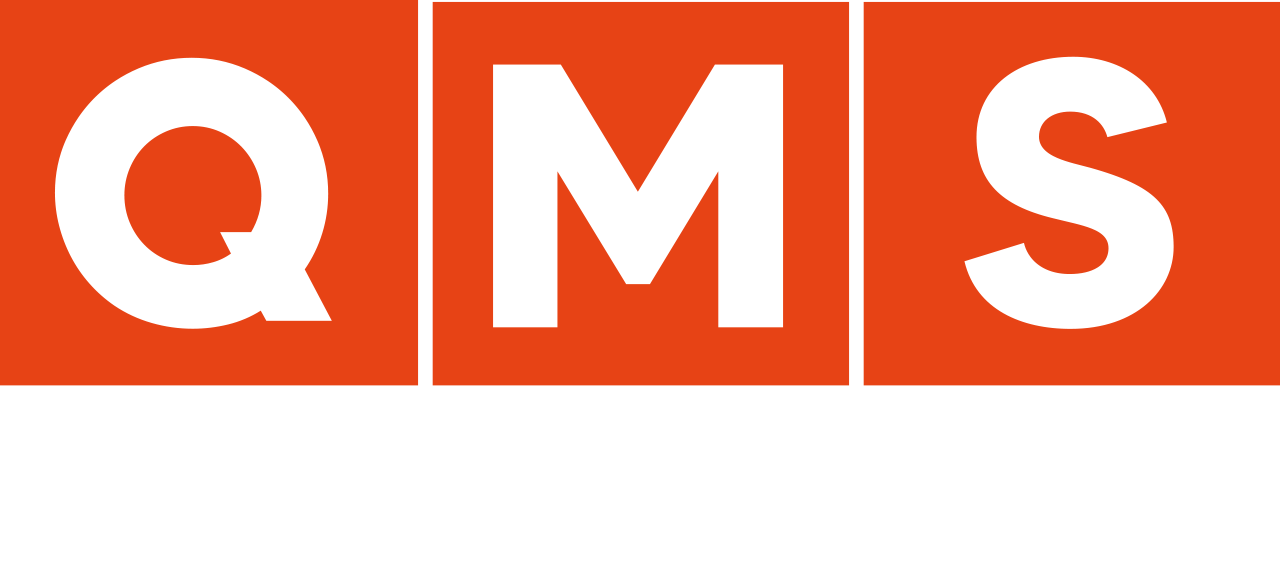Objectives
The differences between ISO 50001 and ISO 14001 begin with their objectives. ISO 14001 primarily focuses on stakeholder concerns, including the community, and aims to reduce environmental impacts by promoting environmental preservation and pollution prevention. It aims to work for the benefit of the community and society, addressing aspects such as energy consumption, depletion of energy resources, carbon emissions, and other environmental impacts.
On the other hand, ISO 50001 is more focused on energy management and is a specialization of environmental management in this aspect. It is associated with reducing energy consumption and improving energy efficiency. This standard is more numerical and seeks returns on investment, as reducing energy consumption results in lower carbon emissions and benefits the environment.
An example that helps differentiate the two standards is when pursuing a project for clean energy. In this case, environmental management relates to ISO 14001. Conversely, when there is a project to reduce energy consumption or improve energy efficiency, regardless of the energy source, it aligns with ISO 50001.
Legislation and Certification
It is important to highlight that the reduction of energy consumption is inherently linked to environmental management as it contributes to mitigating the company’s environmental impacts. Both standards have related requirements, such as the identification of legal requirements. However, ISO 14001 covers a wide range of environmental legislation, including energy, water, climate, waste, and effluents, while ISO 50001 focuses on legal requirements related to energy consumption.
Typically, companies certified in ISO 50001 also hold ISO 14001 certification. Obtaining ISO 14001 certification is an important step towards achieving ISO 50001. Therefore, these standards are complementary and coexist, with one facilitating the implementation process of the other.
For those interested in deepening their knowledge of these standards, it is recommended to explore specialized courses, such as the ISO 50001 Lead Auditor course offered by Exemplar Global, which is internationally accredited and recognized.
In summary, while ISO 50001 and ISO 14001 share many similarities, they differ in their primary focuses. ISO 14001 prioritizes environmental management and the reduction of environmental impacts, while ISO 50001 concentrates on energy management, with an emphasis on reducing consumption and improving energy efficiency. Both standards are important in promoting sustainability and environmental care, each addressing specific aspects that contribute to the sustainable development of organizations.
By implementing ISO 14001, companies demonstrate their commitment to reducing the environmental impacts of their activities, considering various areas such as energy, water, waste, and emissions. This standard helps companies establish an effective environmental management system, identifying legal requirements and setting goals for continuous environmental performance improvement.
ISO 50001, on the other hand, provides a more focused approach to energy management. It allows companies to establish an energy management system that aims for energy efficiency, reducing operational costs and greenhouse gas emissions. The standard seeks to identify energy-saving opportunities, establish goals and action plans for energy consumption reduction, and promote a culture of continuous improvement in this aspect.
Both standards have requirements related to identifying legal requirements, establishing objectives and goals, implementing corrective and preventive actions, and monitoring and measuring performance. However, each stands out in its area of expertise, contributing to a holistic approach to environmental and energy management in organizations.
Ultimately, simultaneous implementation of ISO 50001 and ISO 14001 can bring significant benefits to companies. By adopting efficient environmental and energy management practices, organizations can reduce costs, improve their reputation with customers and the community, comply with legal and regulatory requirements, and contribute to environmental preservation.
Conclusion
Therefore, understanding the differences between ISO 50001 and ISO 14001 is crucial for companies to choose the approach that best suits their needs and goals. Implementing these standards provides a solid framework for environmental and energy management, strengthening sustainability and corporate responsibility.
In an increasingly environmentally conscious global landscape, companies that adopt these standards demonstrate their commitment to reducing the environmental impact of their operations and contribute to a more sustainable future. ISO 50001 and ISO 14001 are valuable tools in this regard, assisting organizations in achieving high standards of environmental and energy performance.











